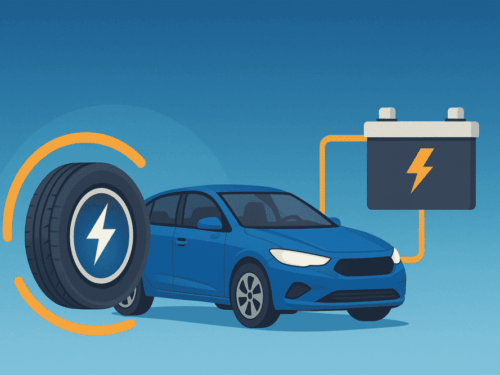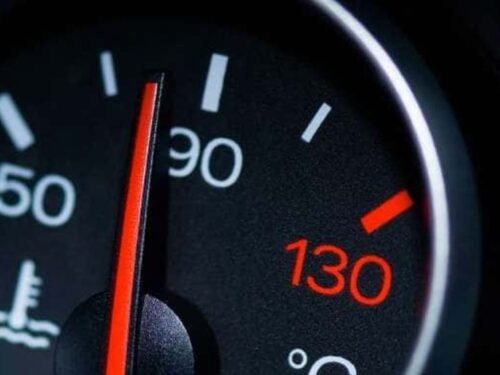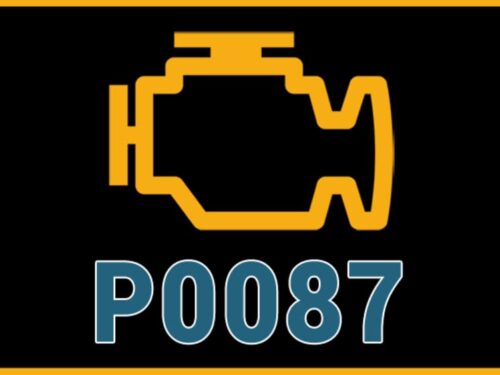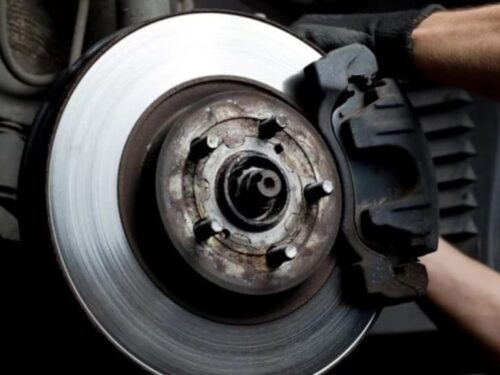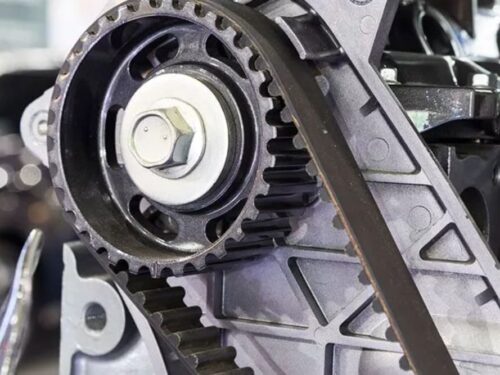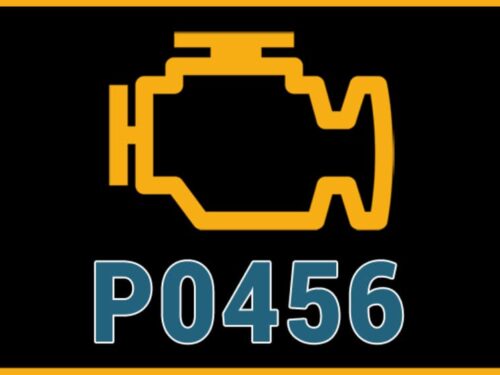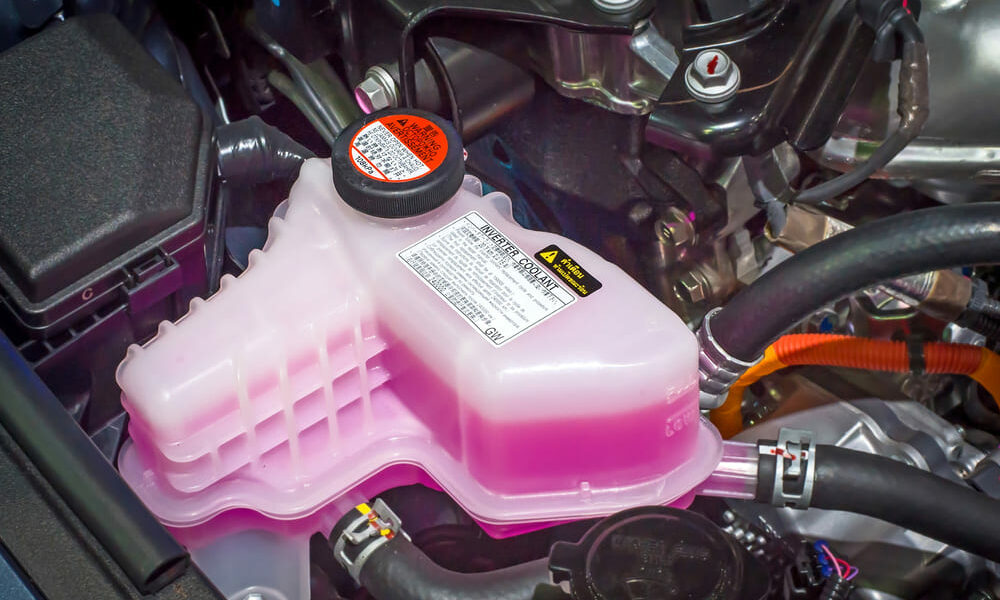
Also known as antifreeze, engine coolant is a fluid used to transfer and evacuate excess heat from combustion. While engine coolants come in many different types, most commercially available coolants are made of 50% propylene glycol or ethylene and 50% water. Use your owner’s manual to know the right engine coolant for your vehicle.
An engine coolant flush involves removing the coolant already in the system and removing the chemical build-up (such as rust, sludge, and dirt). After that, the system is filled with new coolant, restoring the cooling system’s efficiency as the coolant materials can temper engine temperature more effectively.
The Benefits Of A Coolant Flush
- Coolant flushes evacuate the scale, rust, and other deposits from the coolant system, which build up over time. Removing these deposits is essential as they can cause overheating of the engine and damage your engine and/or the entire cooling system.
- Modern coolants also contain additives that help lubricate the water pump, extending its life. An engine flush ensures the lubricating material in the antifreeze is in good working condition.
- The additives that protect the engine from rust deteriorate as the coolant ages. Consequently, rust and contaminants build up in the engine and water pump, causing energy deterioration. An antifreeze flush prevents these issues from arising.
- A coolant flush also allows the service personnel to inspect other parts and systems. These include the entire cooling systems, such as radiators, thermostats, belts, and coolant hoses. These checks help in identifying issues such as leaks and other problems.
- Aging coolant can turn acidic, which can cause issues. Acidic coolant can corrode and break down rubber hoses, bearing in the water pump, and even metal components in the engine block.
Why You Should Schedule Engine Coolant Flush
While technicians at our service shop will advise you on whether or not you need an engine flush, you should access your vehicle’s status, function, and performance to determine whether your car needs a coolant flush. You know your vehicle best, and you’re better placed to know when something is going wrong. To know when to schedule an engine coolant, look out for these signs:
- Aging car – If You’ve never done a coolant flush for a long time or driven your car for five years without a coolant flush, it’s time for one.
- Overheating – Engine overheating indicates that the coolant and/or cooling system is functioning inefficiently. You need a coolant flush to restore heat balance.
- Engine Check Lights Related To Temperature – If your car’s internal thermometer, heat indicator, and check engine lights come up often, it might indicate the engine is in distress. A coolant flush will relieve pressure.
Courtesy of absolutecarcare

